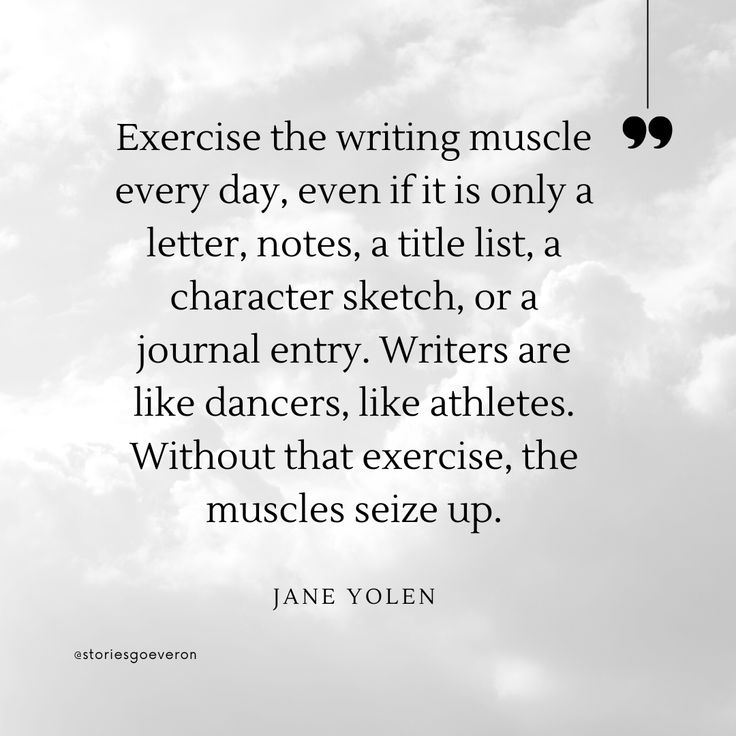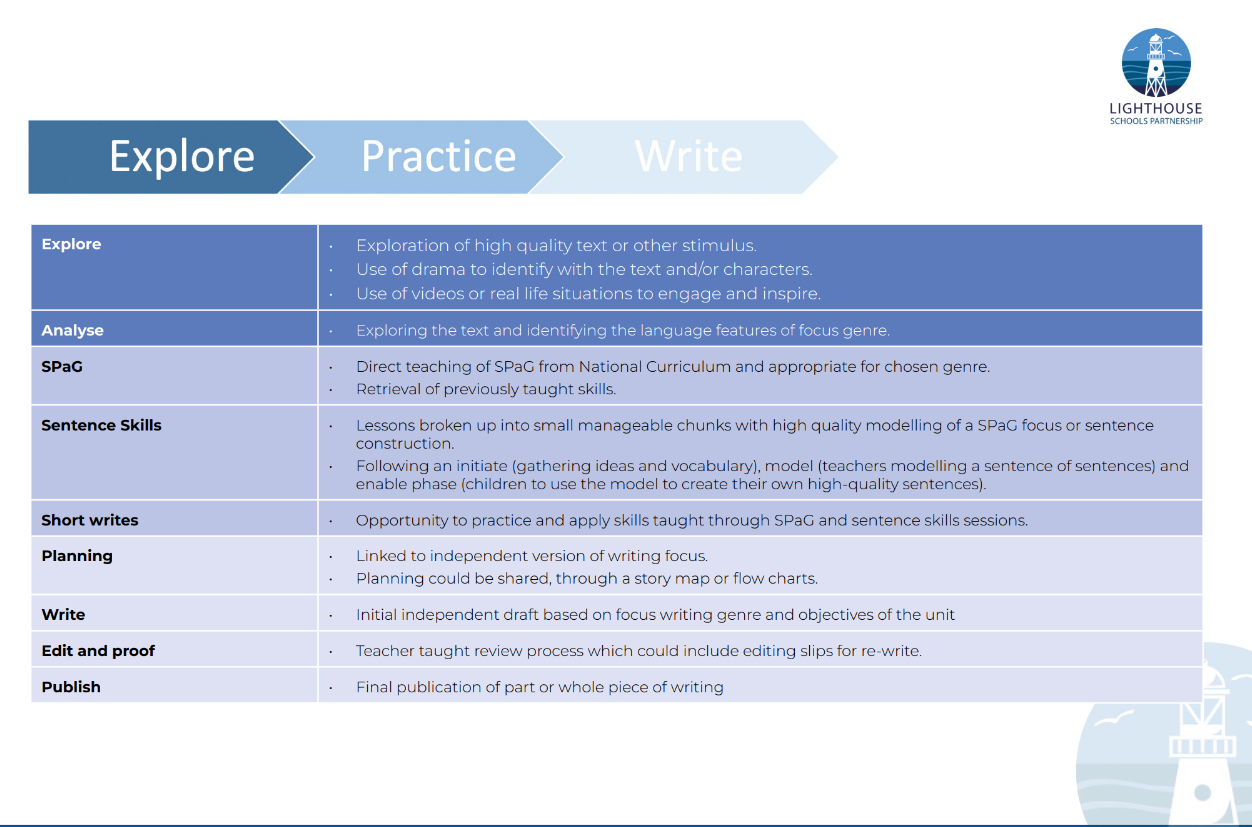Introduction
At St Mary Redcliffe Primary School, we believe that a rich and engaging English curriculum is fundamental to our pupils' success, both within our school and beyond. Rooted in our school's values of 'Hope, Empathy, Acceptance, Respect, Thankfulness, and Selflessness', our English curriculum aims to nurture a love of language and literature, empowering our pupils to become confident communicators and creative writers.
Content and Skills
Through our English curriculum, pupils will develop a secure understanding of the core components of language: phonics, grammar, punctuation, and spelling. They will learn to read fluently, with good comprehension and write with increasing complexity and accuracy. Pupils will also have opportunities to develop their oral communication skills, participating in discussions, presentations, and debates.
Wider Impact
The English curriculum at St Mary Redcliffe Primary School is central to our vision of developing well-rounded, engaged learners who are equipped to succeed in their next steps, whether that be in secondary education or in their future careers. By nurturing a love of language and literature, we aim to empower our pupils to become active, informed citizens who can navigate the world with confidence, empathy, and a strong sense of their own identity and values.


